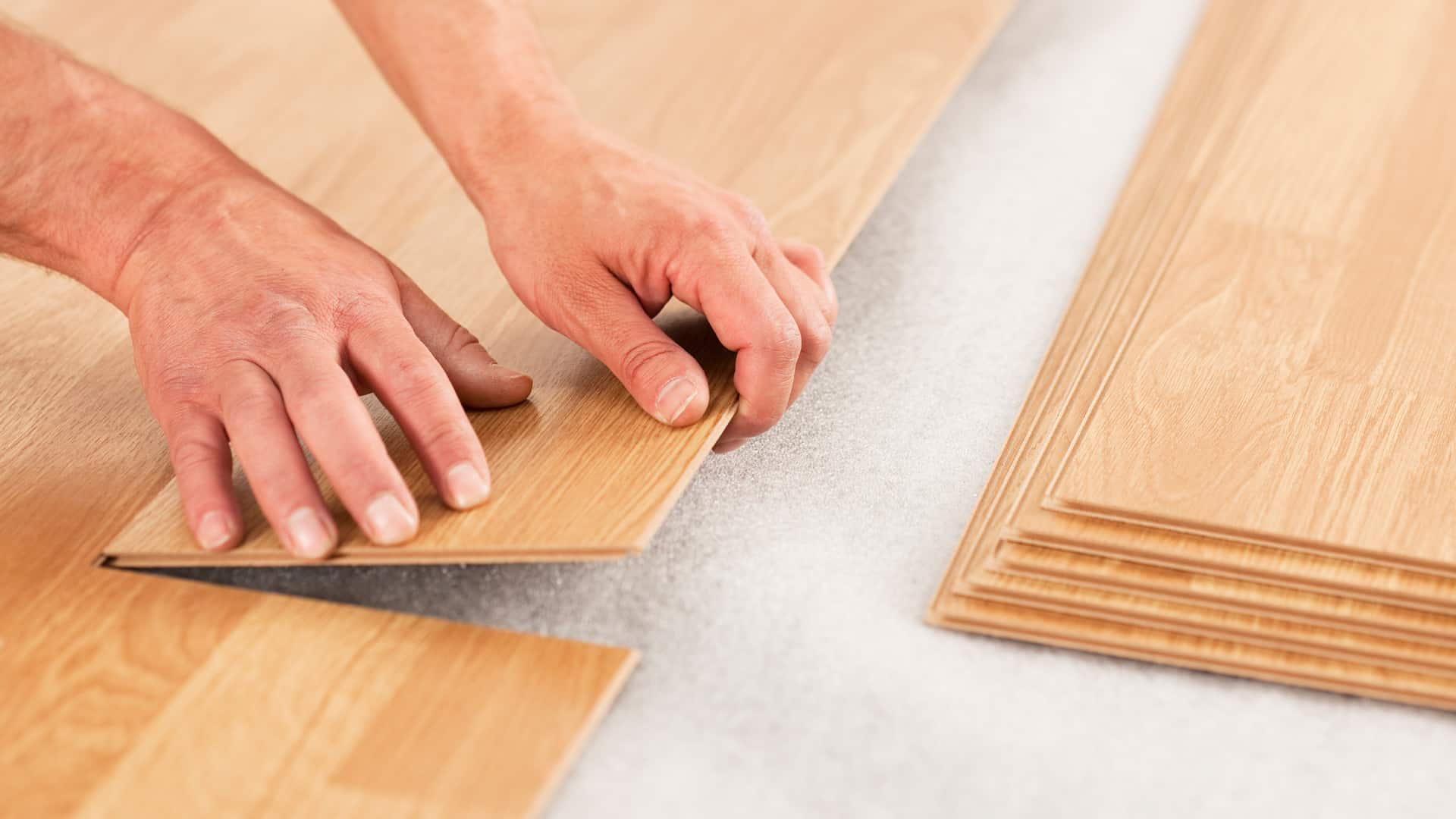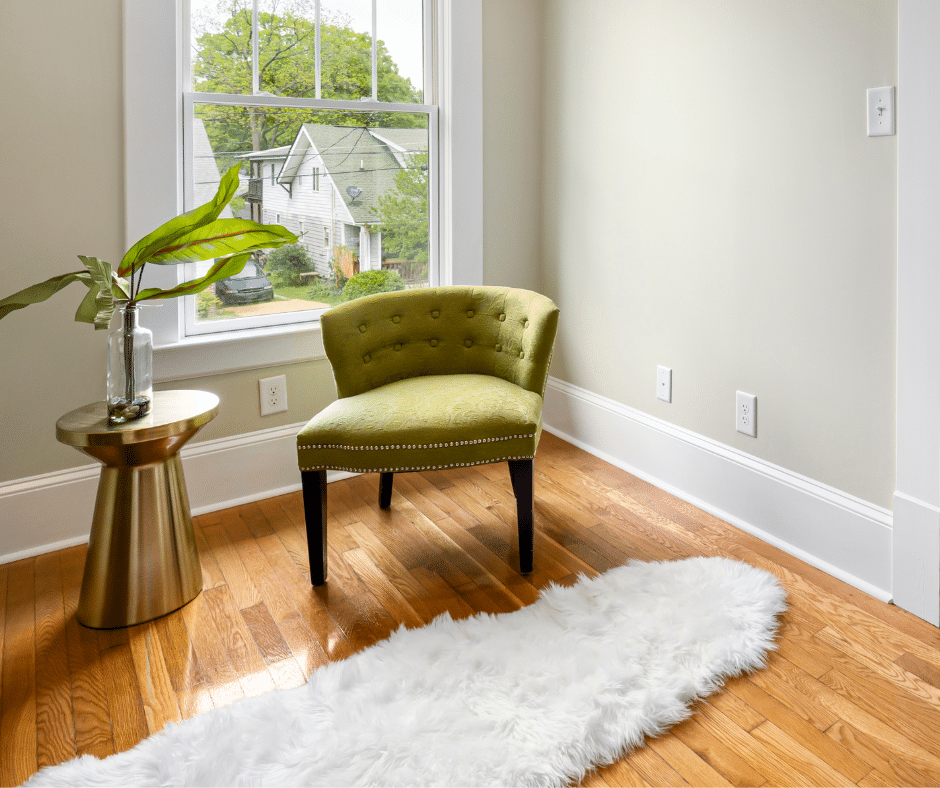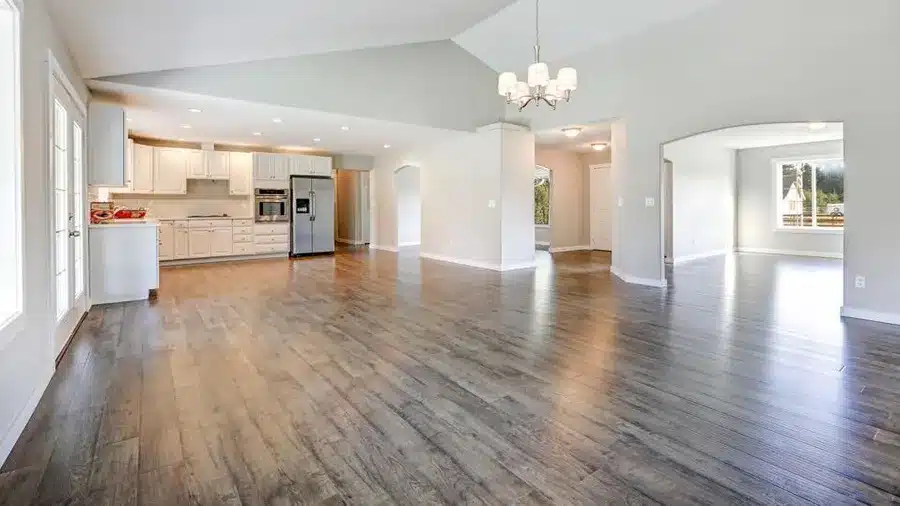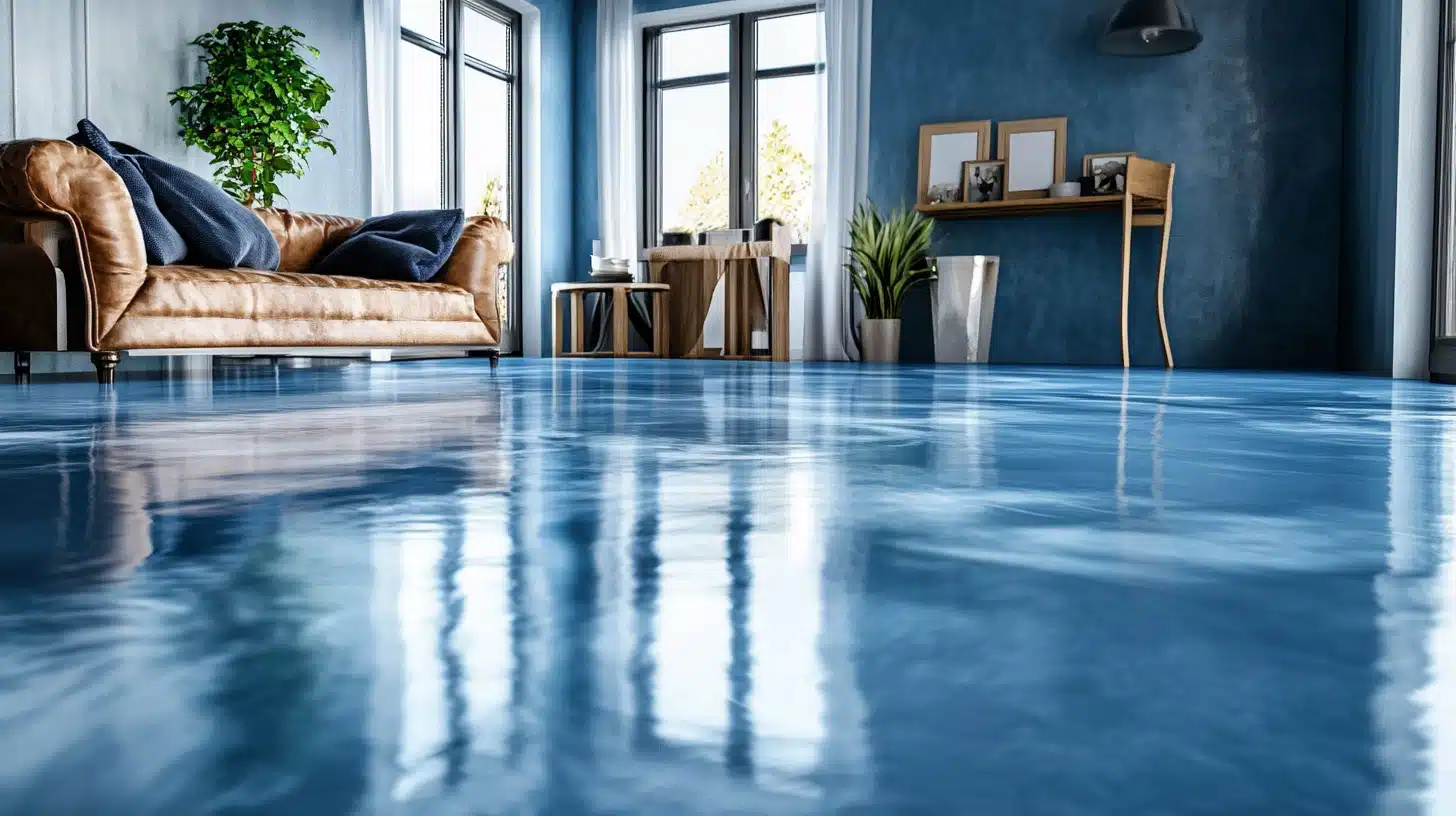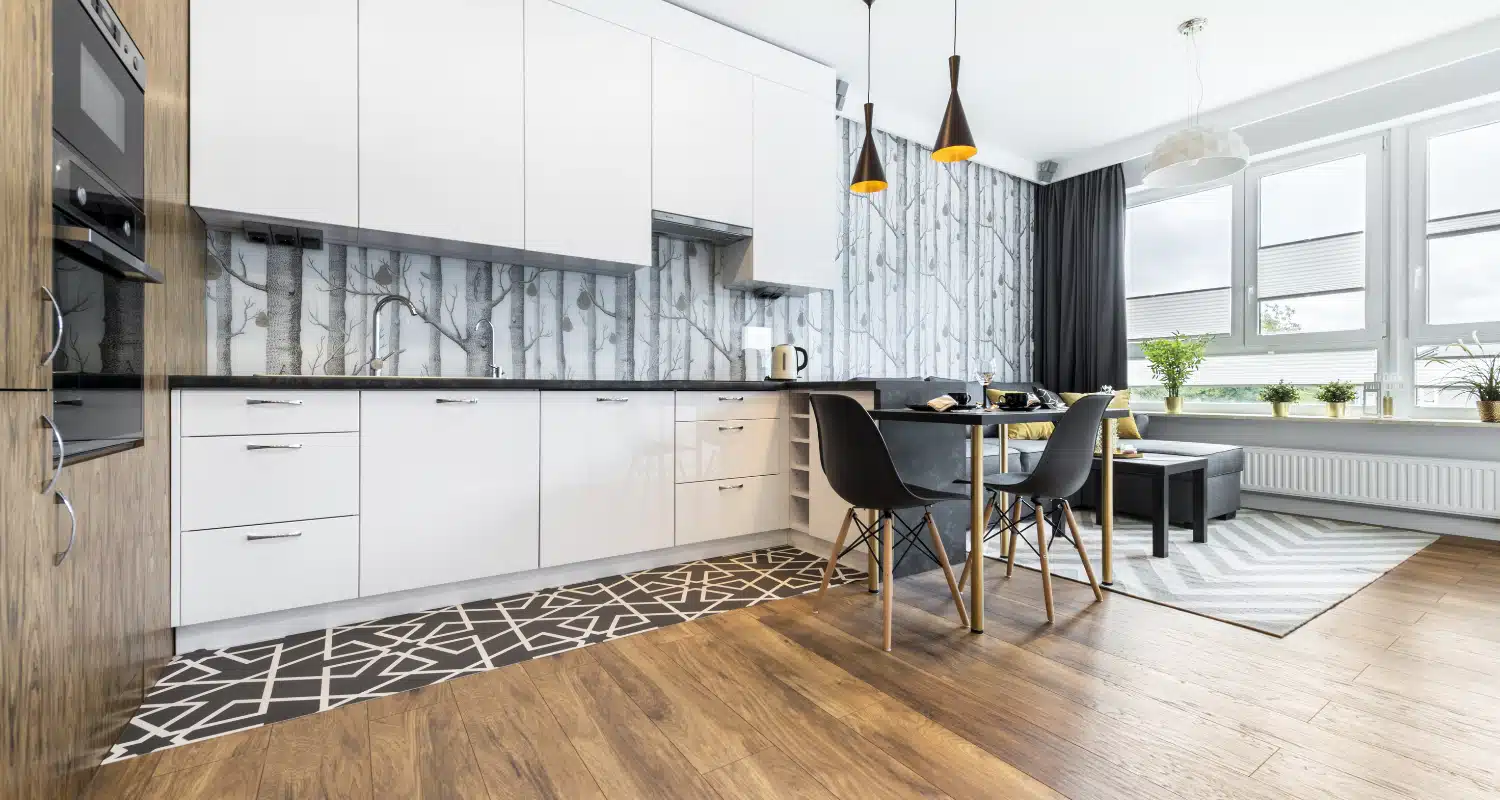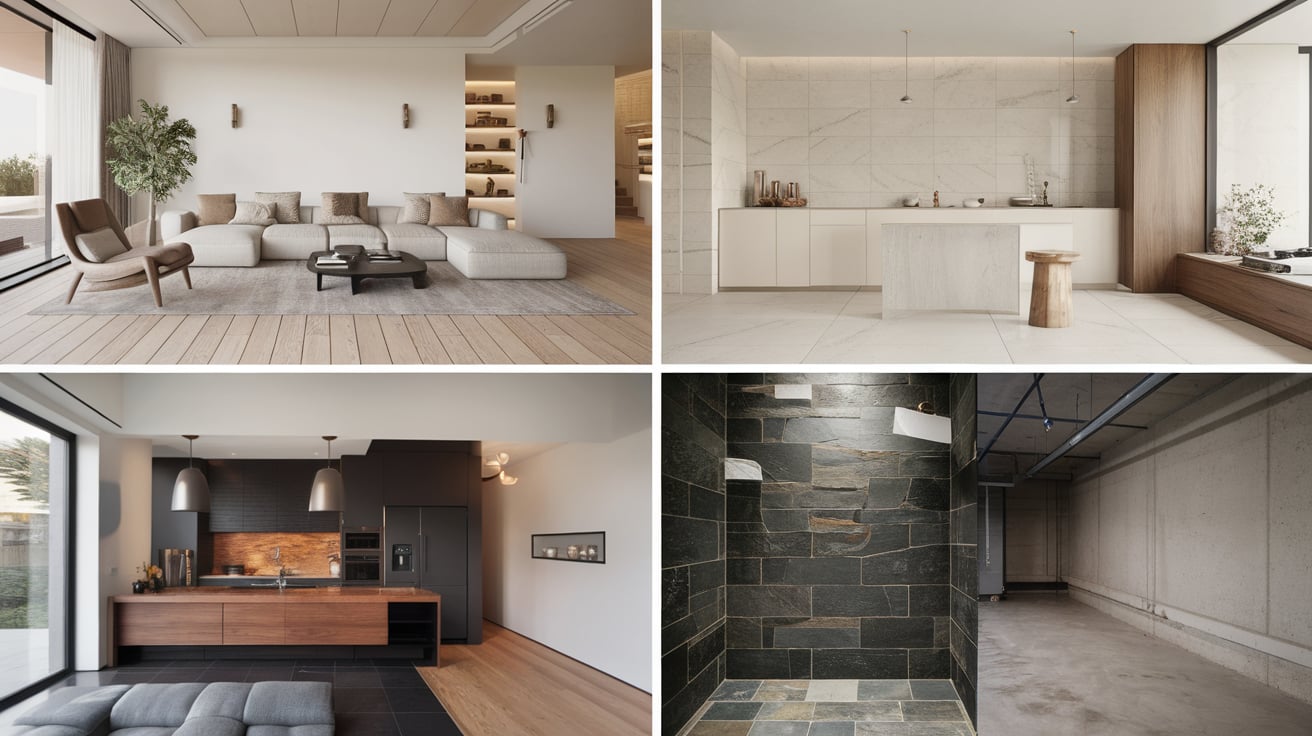Factors Why You Need Underlay for Laminate Flooring
While often overlooked, underlay for laminate flooring is a game-changer, providing benefits that go far beyond what meets the eye. Think moisture barrier, less noise, and extra warmth. Sounds worth the effort, right?
It is! If you’re already taking the time to install new flooring, you’re going to want to make sure that investment is worth the time, effort, and money. Let’s delve into the world of underlay and discover why it’s not just an option but a necessity for your flooring project.
What is Underlay
If you’ve never laid flooring before, you might think that it’s as simple as, well, laying down the floor. Unfortunately, that’s not the case. If you were to just put your flooring down, you run the risk of some serious damage occurring sometime in the future. You’re going to want to invest in some extra protection.
This is where underlay comes in. This super cool material places a layer of protection between the subfloor and your laminate flooring. How exactly does it provide protection? In more ways than one, that’s how!
Benefits of Using Underlay
When you install laminate flooring, underlay is your secret ally. It’s the hidden layer that significantly improves your floor’s performance and longevity.
Moisture Barrier
The first layer of protection is the most obvious. This handy layer stops pesky moisture from the subfloor from damaging the laminate. You’re going to especially want this in areas like basements.
- Vapour barrier: It protects against moisture from subflooring, which can warp or swell your laminate.
- Mould and mildew resistance: Certain underlays come treated to inhibit growth, keeping your home healthier.
Sound Reduction
The next layer of protection is a silent surprise (pun intended). Have you ever lived below someone? So annoying hearing what sounds like giants stomping around, am I right? Underlay helps to absorb sound, which reduces noises when walking on the floor.
- Reducing echo: It minimises the hollow noise typical of laminate.
- Impact noise: Your daily activities produce less sound disturbance for rooms below.
Comfort and Insulation
Everyone likes a little extra cushion (especially if you’re over thirty), and underlay can help. It provides a softer feel underfoot, making the floor a lot more comfortable to walk and stand on. Bonus! It also offers some degree of thermal insulation.
- Thermal comfort: It helps maintain a steady temperature.
- Energy savings: By retaining heat, it can reduce your utility bills during colder months.
Smooth Out Subfloor Imperfections
Now, we know that no one is perfect, but there’s nothing more frustrating than imperfections in the home. If you’re dealing with bumps or other minor issues with your subfloor, underlay can help create a level surface for you to put your laminate down on.
- Smoothing minor gaps: It creates a flat surface for your laminate.
- Enhancing floor stability: A level start makes your flooring more comfortable and durable.
Choosing the Right Underlay
Okay, now it’s important that you take the time to selectively choose the right underlay for your project. You’re going to want to consider things like the type of material, the appropriate thickness, and certain compatibility considerations.
All of this plays into how long your flooring lasts all while impacting comfort, noise reduction, and insulation.
Material Types
There are several different types of materials when it comes to underlay for laminate flooring, and each one has its own uniqueness. You’re going to want to think about what you want your flooring to feel like and the functionality you need.
Here are the most common types:
- Foam: This one is absolutely perfect for general use. Think low traffic areas on lower home levels. Light and easy to install.
- Felt: One step up, felt is better for sound insulation as well as durability. Perfect for higher traffic areas where there will be way more wear and tear.
- Rubber: If you’re laying flooring on the upper levels of a building, rubber is going to be the way to go. Top-notch for reducing noise and providing moisture resistance.
- Cork: Another great choice! Naturally resists mould and mildew, and it’s an eco-friendly choice.
Thickness Variations
Next up! Thickness. Unlike double stuffed Oreos, thicker isn’t always better (crazy, I know). Think about where you’re laying your floor and how much cushioning you’ll want.
Here’s what you need to know:
- 2mm: Least amount of thickness means least amount of cushioning. Think areas with less foot traffic.
- 3mm: The perfect middle ground! Great for general residential use.
- 5mm: When you want it THICK. Best for high-traffic areas or where additional warmth and soundproofing are desired.
Compatibility Considerations
Last, but definitely not least, the extra special considerations. This is when you want to consider things like what type of subflooring you have or if moisture is going to be a problem.
Consider these factors:
- Subfloor type: Concrete subfloors require a moisture barrier, whereas plywood may not.
- Floor heating: If you have underfloor heating, look for a thin, heat-conductive underlay.
- Laminate type: Thicker laminates may need a thinner underlay to avoid too much cushioning which can lead to joint issues (Over thirty years old, remember? I’m just saying).
Conclusion: The Essential Role of Underlay
Have we convinced you of the importance of underlay? I sure hope so. The moisture barrier alone is worth it, let alone noise reduction and providing some extra comfort! Choosing the right underlay can significantly extend the life of your flooring, improve its feel, and even contribute to your home’s energy efficiency. Don’t overlook this crucial layer; invest in the right underlay to ensure your laminate flooring is beautiful, durable, and comfortable for years to come.

